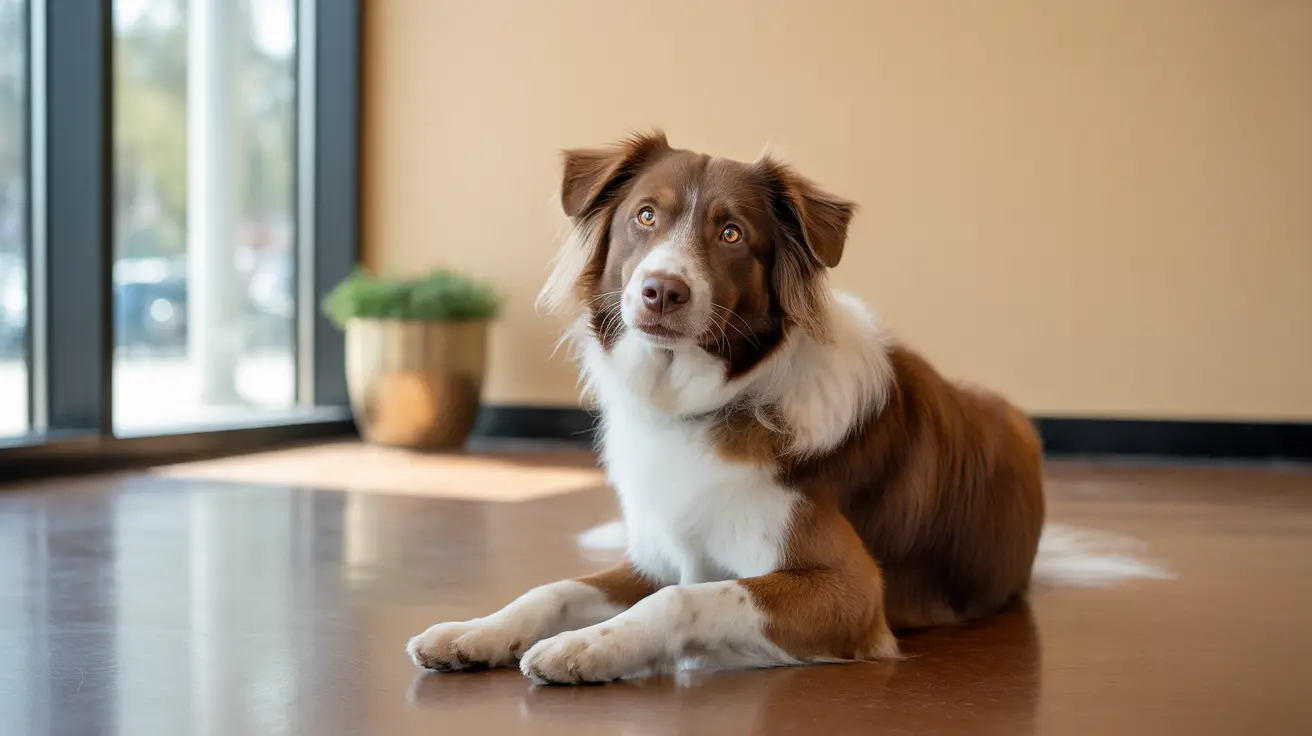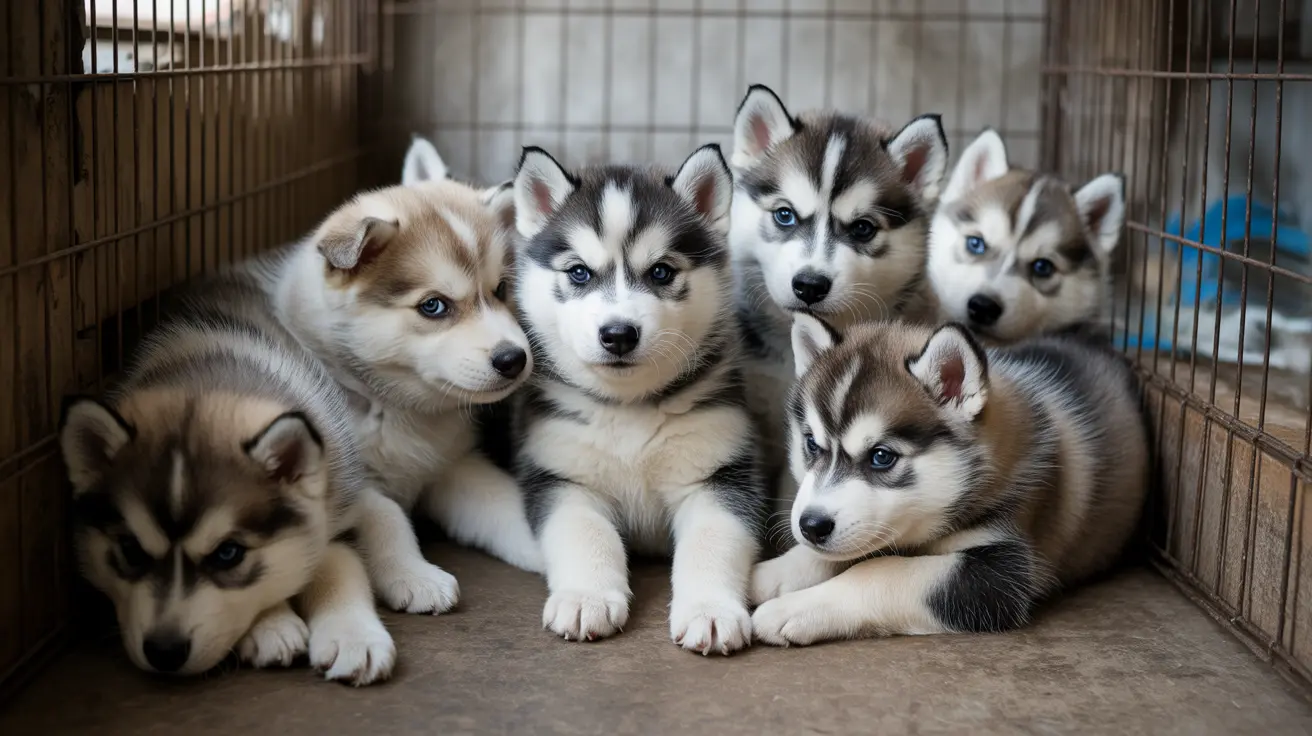As a responsible dog owner, understanding your pet's health is crucial. One often overlooked but important aspect of canine care involves anal glands – a topic that can make many pet parents uncomfortable but is essential for your dog's overall well-being. This guide will help you navigate the complexities of dog anal glands, their function, and how to manage potential issues.
Dog anal glands are small sacs located on either side of your dog's anus that play a vital role in communication and marking territory. While most dogs manage these glands naturally, some require additional attention to prevent discomfort and potential health problems.
What Are Dog Anal Glands and Why Do They Matter?
Dog anal glands are small, secretory sacs that produce a unique, strong-smelling fluid. In wild canines, these glands serve a communication purpose, helping dogs mark territory and identify each other. Domesticated dogs retain this biological feature, though their function has become less critical in modern pet life.
How Anal Glands Normally Function
Typically, dogs naturally express their anal glands during bowel movements. The pressure of defecation helps squeeze out the fluid, which is why healthy dogs rarely need manual intervention. However, some dogs experience issues that prevent normal gland expression.
Signs Your Dog Might Need Anal Gland Attention
Common Indicators of Anal Gland Problems
Pet owners should watch for several telltale signs that might indicate anal gland issues:
- Excessive scooting or dragging their bottom across the floor
- Persistent licking or biting around the anal area
- Unusual odor, even after bathing
- Visible discomfort when sitting
- Swelling or redness near the anal region
Professional vs. Home Anal Gland Expression
When to Seek Professional Help
While some pet owners attempt home expression, veterinary professionals strongly recommend professional anal gland expression. Trained groomers and veterinarians can safely and effectively manage this delicate procedure, minimizing the risk of injury or infection.
Risks of Improper Home Expression
Attempting to express anal glands without proper training can lead to:
- Potential tissue damage
- Increased risk of infection
- Unnecessary pain for your dog
- Incomplete gland emptying
Preventing Anal Gland Issues
Dietary and Lifestyle Strategies
Several approaches can help reduce the likelihood of anal gland problems:
- Maintain a high-fiber diet
- Ensure regular exercise
- Keep your dog at a healthy weight
- Consider supplements like pumpkin or probiotics
- Schedule regular veterinary check-ups
Frequency of Anal Gland Expression
The need for anal gland expression varies widely among individual dogs. Some dogs never require manual expression, while others might need it monthly. Factors like breed, diet, and overall health play significant roles in determining frequency.
Frequently Asked Questions
How do I know if my dog needs their anal glands expressed?
Look for signs like scooting, excessive licking of the anal area, or a strong, fishy odor. If you notice these symptoms, consult your veterinarian for a professional assessment.
What are the signs of anal gland problems in dogs, and when should I seek a vet?
Persistent scooting, visible discomfort, swelling, or discharge are red flags. If these symptoms persist or worsen, schedule a veterinary consultation immediately.
Can I safely express my dog's anal glands at home, or should I consult a professional?
It is strongly recommended to have a professional veterinarian or experienced groomer express anal glands to prevent potential injury or infection.
How often should I express my dog's anal glands, and does the frequency vary by breed?
Frequency depends on individual dog characteristics. Some dogs never need manual expression, while others might require it monthly. Consult your veterinarian for personalized advice.
What dietary changes can help reduce the need for manual anal gland expression in dogs?
A high-fiber diet, maintaining a healthy weight, and including supplements like pumpkin can help promote natural anal gland expression.






